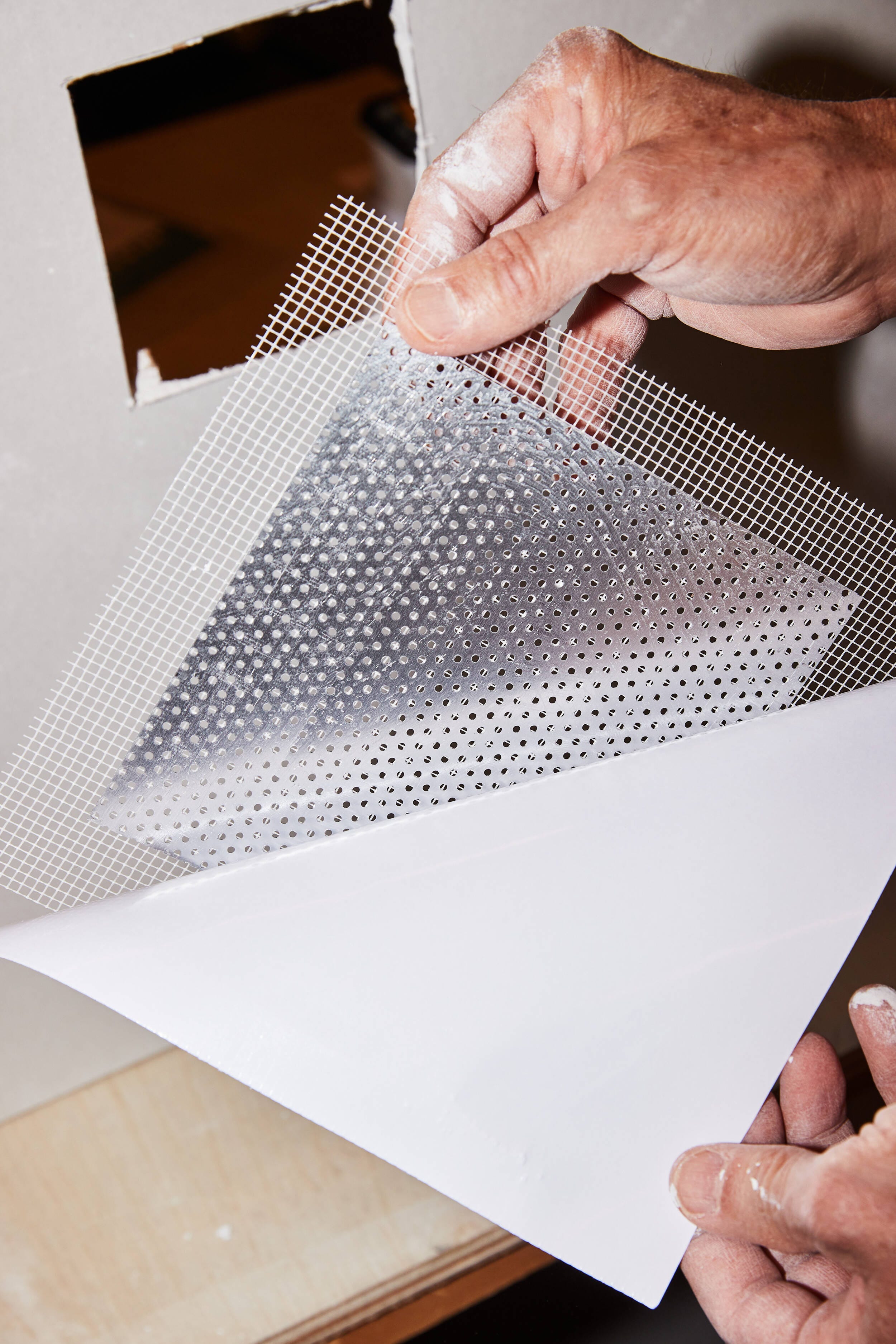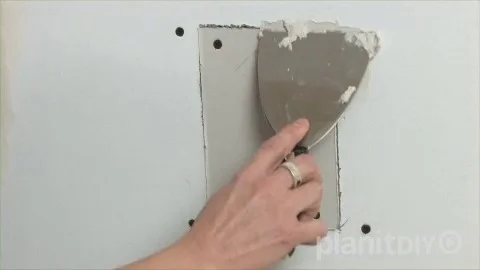Free News On Picking Drywall Repair
What Is Drywall? And What Can It Do To Be Damaged?Drywall, also referred to as gypsum board , or plasterboard, is a popular construction material that is used to construct ceilings and walls in the interior. Drywall is composed of the gypsum-based plaster core, which is then sandwiched between two layers of paper paper or fiberglass.
Dents and holes: Drywall can easily be damaged by doorknobs, furniture or even accidental impacts.
Damage from water: Living in water may cause the walls to fade and warped or even moldy.
Moving or setting the foundation: This can result in cracks and crevices within your wall.
As time passes, drywall may become brittle or crackle.
There may be a need to cut holes in the drywall for electrical or plumbing work.
Drywall repair generally involves filling holes or cracks using joint compound, then sanding and finally painting to match the area around it. Sometimes, sections of drywall might need to be removed completely in more serious instances. It is important to address any drywall problems immediately to avoid further damage , and to preserve the appearance of your home. View the top rated drywall calgary contractors for site advice including drywall and insulation contractors, drywall installation near me, drywall specialist, drywall subcontractor near me, best drywall contractors near me, framing and drywall contractors, union drywall companies, sheetrock company, drywall companies in my area, drywall and painting contractor and more.

What Is The Most Likely Scenario For Drywall And What Can You Do To Fix It?
In terms of framing, insulation soundproofing, patching mudding, and taping to the finished product, repair of drywall requires a series of steps to create an untidy and flawless product. The procedure usually involves framing. This is a short summary of each step that involves framing. If the drywall is damaged by structural issues it might be necessary to repair or replace the framing prior to the drywall being be repaired.
Insulation If the framing is complete it is possible to add insulation to the wall cavity. This is crucial when walls are exterior or are separate living areas.
Soundproofing: A layer of soundproofing materials can be put between the framing and the wall to create a soundproofing. This could reduce sound transmission between rooms.
Repair: Any damaged drywall must be removed once soundproofing, insulationand framing and soundproofing have been completed. Then, drywall could be repaired. It may be necessary to remove damaged sections and replace them with fresh drywall.
Taping: To create a seamless surface, it is recommended to tap the joints between the pieces of drywall after they have been positioned. This is done by applying joint tape over the joints and then feathering the edges with joint compound.
Joint compound should be applied after the tape is installed to fill in any voids and smooth out the surface. It may be necessary to apply multiple coats of joint compound with sanding between each coat to smooth the surface.
Painting: Once the joint compound is dry, smooth the surface, and then paint the plasterboard to match the wall or area. In order to achieve the desired appearance it is possible to apply several coats of paint.
Overall, repairing drywall can be a lengthy process however, with careful attention to the smallest details and a proper approach, the end result can be a smooth and professional repair.

Tips And Advice To Help You Select The Best Drywall Contractor
The right contractor will make sure that your project is completed on budget and on time. Here are some tips for selecting a drywall Contractor Consider asking family members and friends for suggestions. The word-of mouth recommendation is often the most reliable way to find a good contractor.
Online research: Look up reviews of local drywall firms on Google, Yelp and other review websites. This will allow you to get an idea of their reputations as well as the standard of their work.
Verify credentials: Make sure that the contractor you select is insured, licensed and or bonded. This helps you avoid any damages or accidents that may be caused during the course of the project.
Request estimates: Request estimates from at least three contractors. This will give you an overview of their pricing of the range and enable you to identify any red flags.
Ask questions: Don't be shy to ask questions about the contractor's knowledge or their method of operation, as well as the materials they use. The best contractors will be pleased and be able to respond to your questions.
Look for communication skills: Choose an expert who is responsive and can communicate well. This will help you ensure that the project moves along smoothly and that you are pleased with the end result.
Refer to references. Find them and then follow up. This gives a clear indication of the contractor’s work quality and professionalism.
These tips will help you locate an drywall contractor which is reliable, knowledgeable, and the right fit for your project.